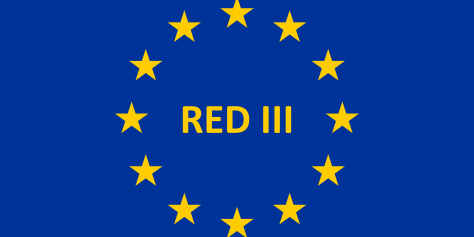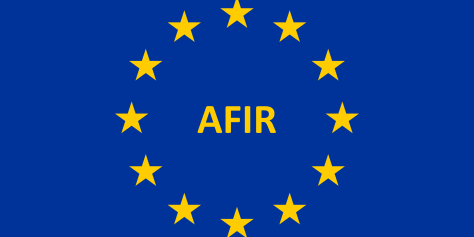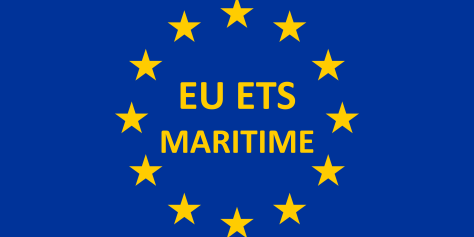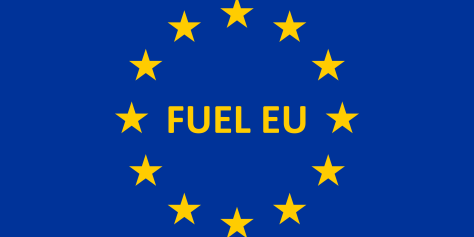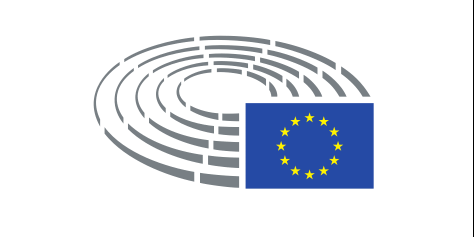The current EU target of at least 32% of renewable energy by 2030, established in the Renewable Energy Directive (REDII), is not enough and should be increased to 38-40%, according to the Climate Objectives Plan (CTP). At the same time, new accompanying measures are required in different sectors in line with the integration of the energy system, hydrogen, offshore renewable energy and biodiversity strategies to achieve this increased goal.
The Energy Tax Directive, or Energy Tax Directive, has been harmonizing taxes on fuels and electricity in the European internal market since 2003. With the revision proposed in Fit for 55, the Directive will also regulate taxes on marine fuels.
This initiative aims to ensure the availability and ease of use of a dense and widespread network of infrastructure for alternative fuels throughout the EU. All alternative fuel vehicle users (including ships and aircraft) should be able to move around the EU with ease, thanks to key infrastructures such as motorways, ports and airports.
The legislative proposal would include emissions from shipping in the current EU ETS. Emissions from the current ETS sectors (including the expansion to the maritime sector) should be reduced by 61 % by 2030, compared to 2005 levels, an increase of 18 percentage points from the current reduction level of 43 %.
New proposed European Regulation would impose a limit on the intensity of greenhouse gases ("GHG") of the energy used on board by a ship arriving, staying or leaving ports under the jurisdiction of an EU Member State. It would also force the use of onshore power supply or zero-emission technology in EU ports.
On Wednesday, Parliament adopted its position on the Commission's proposal to revise the EU system for monitoring, reporting and verifying CO2 emissions from maritime transport (the “EU MRV Regulation”) with 520 votes to 94 and 77 abstentions.
- 1
- 2

